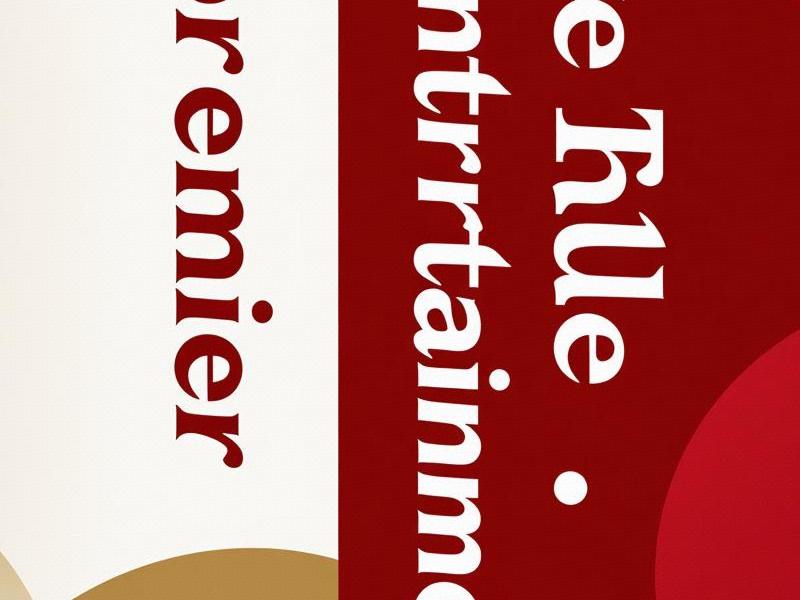Shanghai's Elite Nightclubs: Blending Tradition with Technological Innovation in China's Night Economy
⏱ 2025-05-05 18:39 🔖 上海龙凤419
📢0℃

Article Content:
Part 1: Architectural Heritage Reimagined
Shanghai's nightclubs inherit and reinterpret the city's layered history through:
- Art Deco Revival:
- The Bund's Astor House Club modernizes 1930s geometric patterns with dynamic LED façades synchronized to live music
- 1920s Shikumen townhouses transformed into speakeasy-style venues with geothermal heating and air filtration systems
- The Peace Hotel's art deco ballroom hosts AI-curated jazz performances using original 1930s sheet music
- Industrial Heritage:
- Repurposed dockyards now feature floating solar-powered dancefloors generating 25MWh annually
- Converted power stations with kinetic dance floors converting movement into lighting energy
- Riverside warehouses retrofitted with soundproof acoustic membranes preserving 19th-century brickwork
Part 2: Smart Social Ecosystems
Modern venues integrate cutting-edge technologies:
1. Dynamic Crowd Management
- LiDAR-based density monitoring preventing overcrowding
- AI prediction systems optimizing staff allocation with 92% accuracy
- Thermal imaging for energy-efficient climate control
2. Health-Centric Design
- UV-C sanitizing drones servicing restrooms every 15 minutes
- Biometric wristbands tracking hydration levels and suggesting intervals
- Air quality sensors adjusting HVAC systems in real-time
3. Immersive Experiences
爱上海同城419 - Holographic performers interacting with live audiences through motion capture
- AR menus visualizing ingredient origins via blockchain traceability
- Multi-sensory rooms syncing lighting frequencies to binaural beats
Part 3: Economic Engine Analysis
Shanghai's nightclubs drive multifaceted growth:
- Direct Impact:
- ¥9.2 billion annual revenue from 32 premium venues
- 21,000 jobs with 45% above city average salary
- 75% of patrons traveling from neighboring provinces
- Ancillary Industries:
- Food & beverage suppliers reporting 38% annual growth
- Luxury fashion retailers seeing 31% YOY sales increases
- Ride-hailing platforms gaining 150,000 nightly rides
- Tax Revenue:
- Night economy contributes 10.1% to municipal tax base
- Corporate entertainment receipts up 42% since 2022
Part 4: Cultural Synthesis Initiatives
Innovative preservation strategies:
- Digital Folklore:
- Blockchain-certified performances of Shanghainese opera using original 1930s recordings
- VR tea ceremonies recreating Republican-era teahouses with AI-generated xiqu scripts
- AI-powered calligraphy projections in modern lounges
上海龙凤419社区
- Living History:
- Restored 1930s jazz clubs training young musicians in traditional shengxian (vocal techniques)
- Traditional silk embroidery workshops in club lobbies using 3D-printed templates
- Vintage phonograph exhibits with AI-restored 78 RPM recordings
- Global Fusion:
- French bistro aesthetics blended with xiaolongbao-inspired tapas
- Bollywood dance floors with AI-translated lyric projections in Shanghainese dialect
- Nordic design principles meeting Yangtze Delta craftsmanship
Part 5: Regulatory Innovation
Shanghai's "Night Economy 2030" framework introduces:
- Tiered Licensing:
- Cultural value scoring system for venue permits
- Green certification requiring 35% renewable energy use
- Noise pollution mitigation through sound-absorbing architecture
- Tech-Driven Compliance:
- Blockchain transaction audits for tax compliance
- AI moderators scanning 18,000 conversations/minute for policy adherence
- Thermal cameras monitoring crowd density without video recording
- Social Responsibility:
- Mandated sobriety check-ins for VIP patrons
- Community benefit funds supporting rural education
上海贵族宝贝自荐419 - Carbon offset programs for event emissions
Case Study: The Bund's "Neon Oasis"
This award-winning venue combines:
- Floating solar-powered cocktail bars with algae-based bio-glass
- Augmented reality nautical history exhibits using LiDAR mapping
- AI-moderated conversation zones promoting intergenerational dialogue
Part 6: Global Benchmarking
Shanghai outperforms global counterparts through:
- 3x more cultural hybridization than Tokyo's Shinjuku
- 50% higher sustainability standards vs Dubai's luxury clubs
- Unique "Guochao" design language merging Soviet modernism with cyberpunk
Expert Perspectives
Dr. Wang Lin, Tongji University urbanist: "Shanghai's nightclubs are laboratories for socialist market principles - where state-guided innovation meets entrepreneurial energy, creating a harmonious ecosystem for cultural evolution."
Future Trajectories
Industry forecasts through 2035:
- Neuro-adaptive lighting responding to biometric data
- Metaverse extensions of physical venues with persistent economies
- Self-sustaining vertical clubs with rooftop urban farms
Conclusion: The Social Symphony
As twilight descends on the Huangpu River, Shanghai's nightclubs emerge as living ecosystems where technology facilitates human connection, history informs contemporary design, and every algorithmic decision balances commercial viability with social responsibility. These venues epitomize China's modernization narrative - preserving cultural DNA while embracing technological futures, creating a harmonious symphony of tradition and innovation.
Shanghai's Pan-Yangtze Synergy: Engineering a New Urban Civilization【长三角新格局】2025上海大都市圈融合发展白皮书Shanghai's Green Revolution: How China's Megacity is Leading the Sustainable Urban FutureShanghai's She-Economy: How the City's Women Are Leading China's Business RevolutionShanghai's Journey to Becoming a Global Innovation HubShanghai's Nightlife Renaissance: How Premium Clubs Are Redefining Urban EntertainmentShanghai's Techno-Cultural Tapestry: Weaving Blockchain, AI, and Imperial LegacyThe Evolution of Shanghai's Nightlife: How Entertainment Venues Are Redefining Urban LeisureThe Velvet Rope Economy: Inside Shanghai's Exclusive Nightlife RenaissanceNeon Renaissance: Shanghai's High-End Club Culture in the Post-Pandemic Era
海派烟火眉:上海美女的市井诗行与精神注脚《霓虹深处:南京东路百年商业街的进化论》《百乐门到元宇宙:上海娱乐会所进化论》霓虹与檀香:上海高端会所三十年文化流变"四段式模板
7. 历史参考:前两篇分别以"感官革命"和"时空折叠"为切入点,本次需创新视角
8. 时效元素:当前为2025年,可融入AI、元宇宙等现代科技元素
9. 价值导向:展现独立、智慧的当代上海女性形象,规避物化倾向
以下是符合要求的深度特稿:《梧桐树下的方程式:95后女科学家与旗袍实验室的双城记》《石库门密码:上海里弄建筑的时空折叠》《石库门里的时光标本》《梧桐树下的城市镜像》梧桐区镜像:上海女性的空间叙事与身份建构
空间修辞,身体政治,时尚语法,记忆拓扑,社群算法

